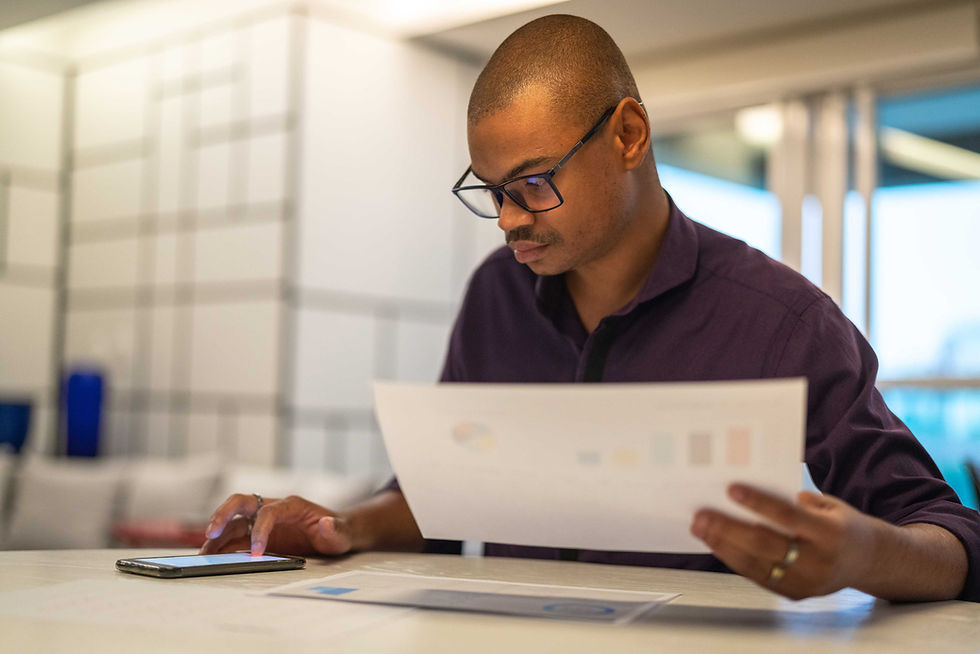Accounts – analysing profit
- Farley & Partners ltd

- Jan 18, 2022
- 3 min read
Updated: Jan 20, 2022
Every year when you meet with your accountant, he tells you that the company has had another good year and made a substantial profit. If that’s the case, why is it such a struggle to find the cash to pay the tax bill?
Accountants’ profit
The Profit & Loss Account (P&L) that your accountant prepares shows the financial performance of your business over a given period (usually a year) and indicates whether your business is making any money. The P&L is also used to calculate your tax bill.
Your accountant works out your profit by adding up all your sales for the year and subtracting your business expenses from them. He then makes a few accounting adjustments to arrive at the “bottom line” – the net profit for the year. It can come as quite a surprise to find out you’ve made a profit and have to pay tax when you’ve got an even bigger overdraft than last year. Before you start blaming your accountant, read on…
Profit is not cash
It is very important to remember that profit is not the same as cash. Why? Perhaps the most common reason is the difference in timing between making a sale or purchase and actually receiving or paying the money. For example, you made a sale in February, but your customer didn’t pay until April. If your accounts are prepared to March 31 each year, then the sale will be included in the profit, but the money won’t be banked until the following year. So, even if you’re owed money at the year-end, you’ll have to pay tax on it.
Tip. Review your year-end debtors and make a list of debts that are unlikely to be paid. A provision for these can be made in your accounts which will reduce your profit and therefore your tax bill.
Matching. Your accountant makes certain adjustments so that income and expenses are matched to the year(s) they relate to, not the year they are received or paid. Some of these adjustments can result in large differences between profit and cash:
Stock. At the year-end, you may have a lot of cash tied up in goods that haven’t been sold yet. The cost of this “closing stock” is not included in your P&L expenses as it cannot be matched to sales.
Tip. When working out your closing stock figure, don’t include the cost of old stock that you can’t sell. It has no value. The smaller the closing stock figure, the smaller your profit and the smaller your tax bill.
Depreciation
If you bought a car for D8,000, you may be surprised when it doesn’t show up on your P&L. Instead, depreciation is calculated and shown as an expense on the P&L. The depreciation rate depends on the useful life of the asset but it’s usually 25% of the cost each year so the depreciation on the car would be D2,000 a year for four years. Therefore, in the year you buy the car, the profit would be D6,000 higher than the cash.
Drawings
If you’re self-employed, your cash drawings do not affect your profit. It’s a common misconception that you are taxed on your drawings. You’re not. You’re taxed on your profit, so it makes no difference if you leave the money in the business or transfer it to your private account. Just make sure you put enough aside (at least 25%) to pay your tax bill (the tax due on a profit of D3,000 a month is over D9,000).
Profit doesn’t always mean more cash. The main reason is the timing difference between invoicing and getting paid. A provision for year-end debtors will reduce profits and therefore your tax bill.





Comments